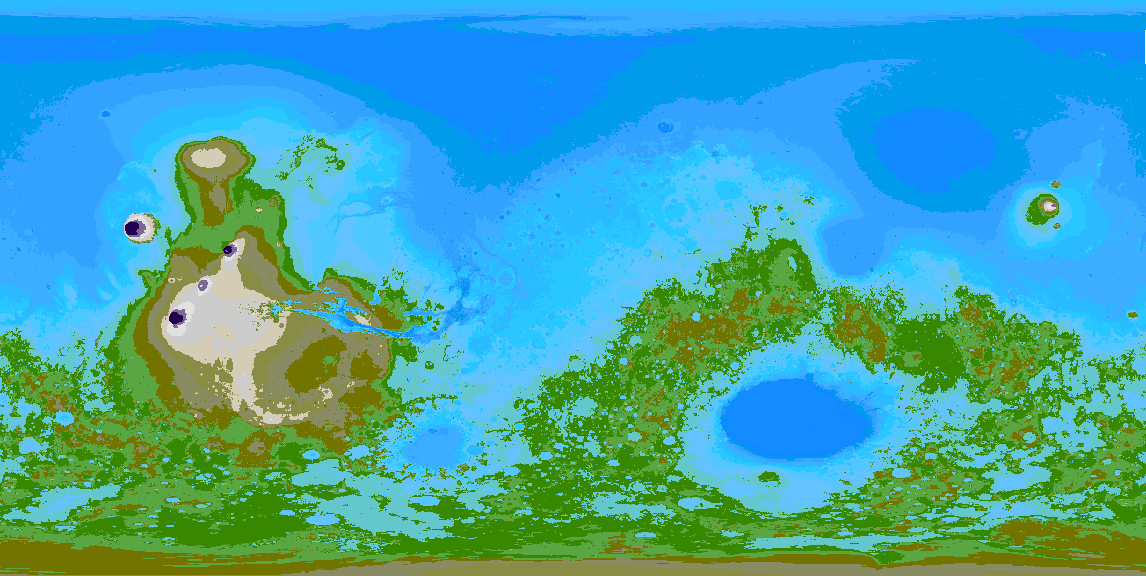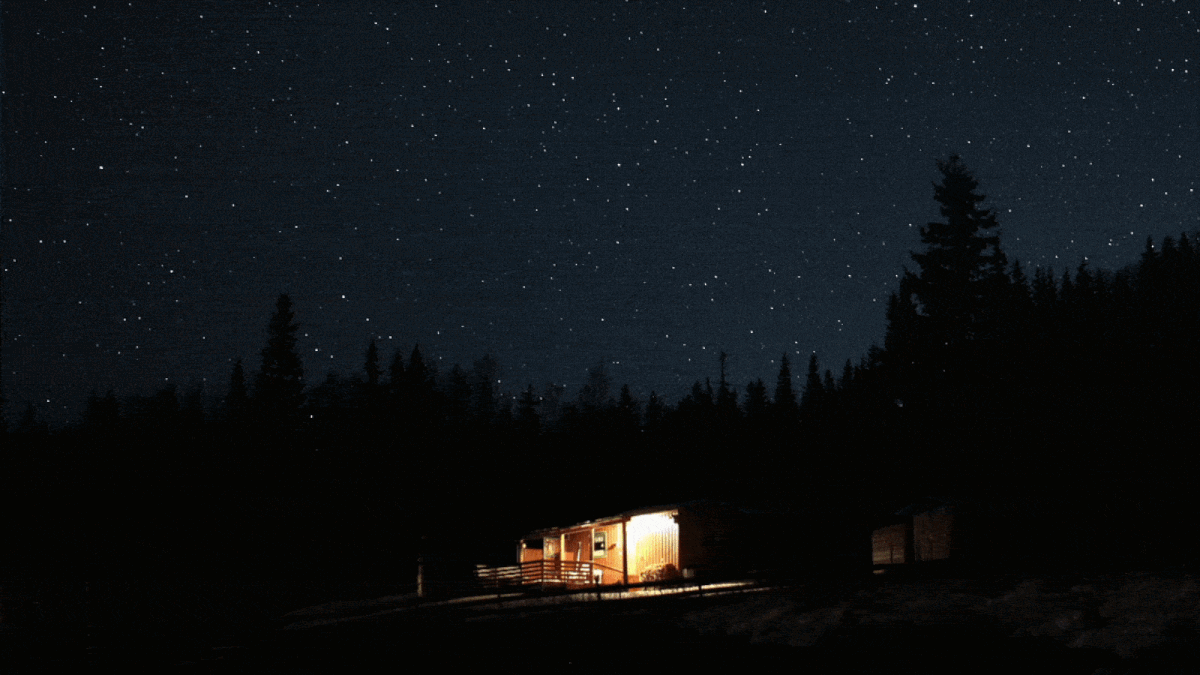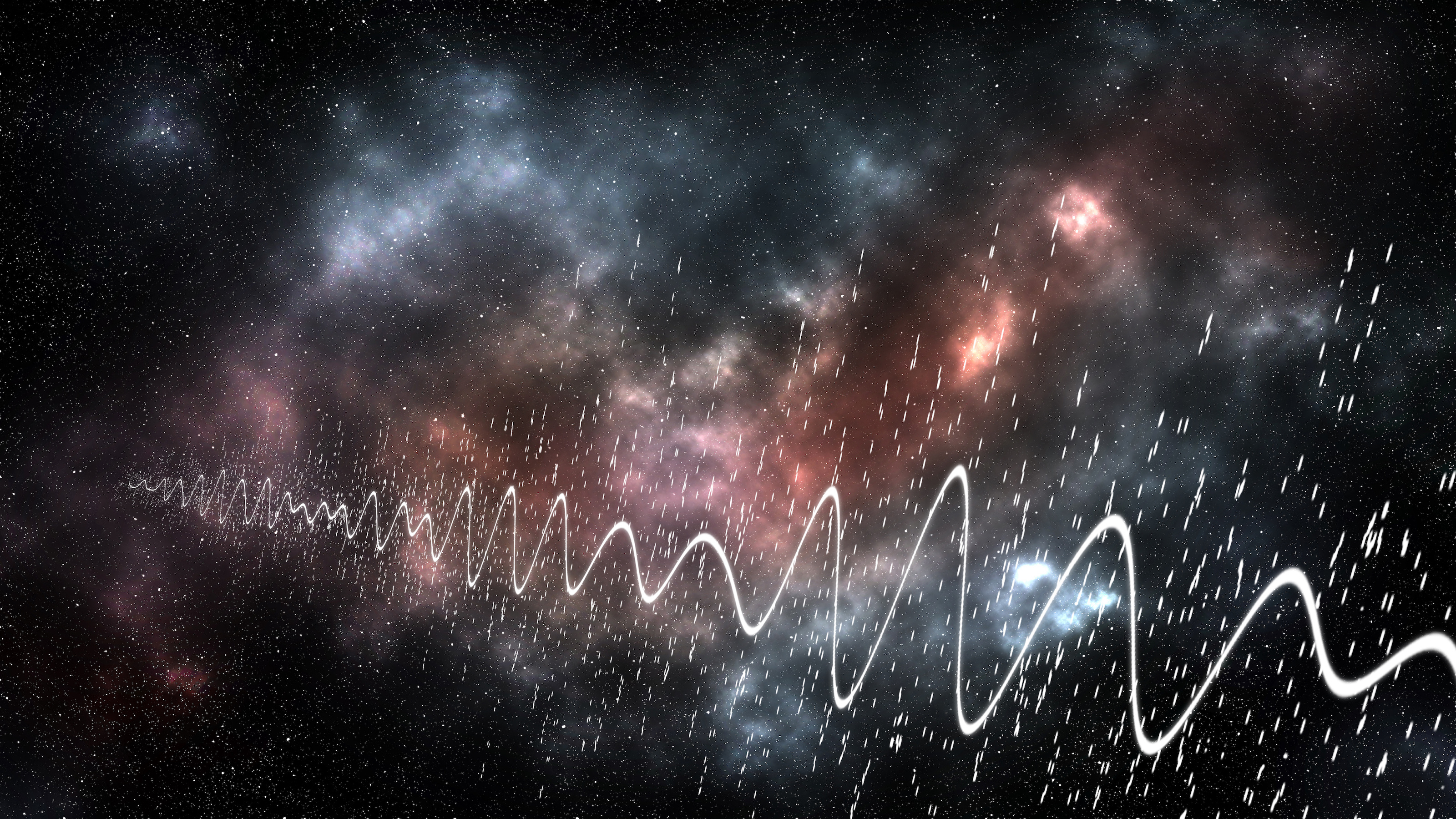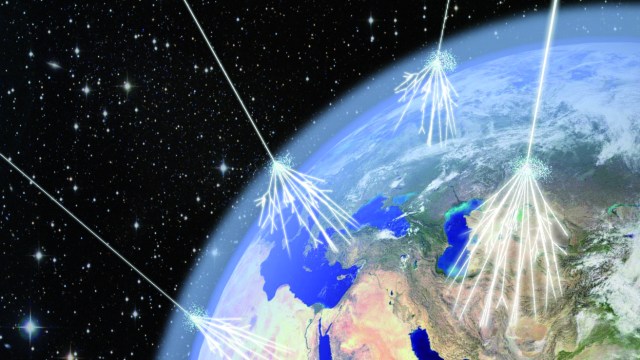What dead whales can teach us about finding aliens on Mars

- The deep ocean is inhospitable, but “whale falls” — the arrival of a whale carcass — usher in a variety of lifeforms that take advantage of the smorgasbord.
- We could do something similar to find life on places like Mars or Titan.
- Instead of a dead whale, we could provide chemical nutrients to attract Martian or Titanian microbes.
Ever since the first “whale fall” was discovered with a submersible in 1977, biologists have recognized that whale carcasses falling to the ocean floor can support a thriving biosphere at depths of more than 1,000 meters. Organisms feeding at these deep-sea “restaurants” include a myriad of microbes as well as crabs, octopuses, lobsters, sea cucumbers, hagfish, sleeper sharks, and even certain newly discovered species observed only at whale falls.
Qihui Li and colleagues from the University of Technology in Chengdu, China, make a case for the biological importance of whale falls, which can feed many species in an oxygen-rich environment for about 10 years, and for even longer — upwards of 50 years — in an oxygen-poor environment. At the bottom of the ocean, where nutrients are scarce, a whale fall becomes a biological hotspot. While some species may already be in the vicinity of a fallen carcass when it hits the sea floor, others are drawn to it from much farther away.
What does this have to do with the search for alien life? The deep ocean is extremely sparsely populated. Food is scarce and conditions are extreme in this cold, high-pressure environment. If we took a water sample at these great depths, it might hardly register any form of life above detection levels. A whale fall changes things dramatically, if only temporarily, by providing a veritable smorgasbord for all kinds of creatures.
The scenario is in principle similar to certain life-friendly zones in our own Solar System where environmental conditions, or even just a lack of food, inhibit a thriving biosphere. Together with my colleagues Alberto Fairén from the Center of Astrobiology in Madrid, Spain, and Alfonso Davila, now at NASA’s Ames Research Center, we used that scenario as a starting point to suggest a possible way to search for biological signatures on upcoming space missions.
From whale falls to Martian domes
Let’s consider two places believed to be promising for finding life: Mars and the Saturnian moon Titan. Early Mars was a habitable planet with plenty of water on its surface. It became less and less life-friendly as the atmosphere became thinner and drier and the surface became colder. If life still exists on Mars, it’s likely very sparsely distributed, possibly in dormant forms such as spores. Life near the surface would be limited not only by the lack of liquid water and the high levels of radiation, but by the scarcity of organic nutrients. Recent results from NASA rovers show that organic compounds definitely exist on Mars, but generally in a form that would be hard for organisms to access.
With this challenging Martian environment and food shortage in mind, my colleagues and I suggested a proactive mission we called DOMES (Detection Of Mars Extant life in the near-Subsurface). As the name suggests, we would start by placing small, transparent domes on the Martian surface. The greenhouse-like domes would provide shelter from radiation but would allow visible light to pass through, making visual inspection easier and allowing for possible photosynthesis. The interior of the domes would be supplemented with small amounts of water and organic compounds, and they would be thermally insulated to counter the huge temperature swings between Martian day and night. The domes also would have to be thoroughly sterilized ahead of time so as not to confuse matters by unintentionally growing Earth microbes on Mars. The idea is to encourage indigenous Martian life (if it exists) to show up — like deep sea creatures flocking to a whale carcass.
This experiment would be quite simple and could be included on Mars landers or rovers launched in the next decade. Small domes could be dropped at different locations on Mars and observed over long periods for any signs of biology. The basic idea has been shown to work in deserts on Earth.
Titan and Operation Cannonball
There’s no reason the same approach couldn’t work in a more exotic place like Titan. This cloud-covered moon of Saturn has an atmosphere of nitrogen and methane containing a variety of organic compounds. Atmospheric pressure is 50% higher than on Earth’s surface, but water and carbon dioxide are exceedingly rare. Instead of a water cycle, Titan has a cycle based on methane and ethane, which in this frigid environment are in liquid form, even forming lakes.
You might think such a place would be inhospitable. But metabolic pathways for life on Titan have been suggested, and a 2007 report from the National Academy of Sciences concluded that “the environment of Titan meets the absolute requirements for life, which include thermodynamic disequilibrium, abundant carbon containing molecules and heteroatoms, and a fluid environment.” The report goes on to say that “if life is an intrinsic property of chemical reactivity, life should exist on Titan.”
Let’s assume that it does. How could we encourage Titanian creatures to show themselves? Here we’re getting into pretty speculative territory, since Titan life would probably be much stranger and harder for us to recognize than Martian life. It very likely would be life as we don´t know it. But we can still expect it to require certain chemical compounds to survive. All major life processes, at least on Earth, need elements such as iron, magnesium, calcium, potassium, sodium, and phosphorus. While there may be some ways around this in an alien world, it’s a fair assumption that certain essential building blocks of life and nutrients would be needed, at least to some extent.
So my colleagues and I suggested a mission we call “Cannonball,” which would deliver a “nutrient cocktail” of inorganic compounds, including the ones listed above, to the Titan surface. The cannonball would crack open upon landing to allow putative Titan life easier access to the cocktail. An onboard transmitter would relay data to Earth, allowing scientists to monitor the nutrients for signs of decay consistent with biology. The monitoring would have to go on for many years because Titan’s surface is extremely cold, and we wouldn’t expect these reactions to happen fast.
By “consistent with biology,” we mean decay rates that exceed the amount expected from chemical decay under Titan conditions. This would suggest that some organism is “eating” or processing the nutrients to build essential biochemical compounds for its life processes. Ideally, the nutrient cocktail would contain different isotopes of certain elements, since living organisms prefer lighter isotopes — another diagnostic to distinguish between purely chemical processes and biological ones.
The good news is that we already know how to land on Titan. We’ve actually sent a spacecraft there — the Huygens probe that touched down in 2005. But Huygens was mostly aluminum, which is not nearly as biologically useful as our suggested cannonball would be. If we are going to set out a smorgasbord to attract would-be Titan organisms, we want it to be tasty, just like whale carcasses on Earth’s ocean floor.





